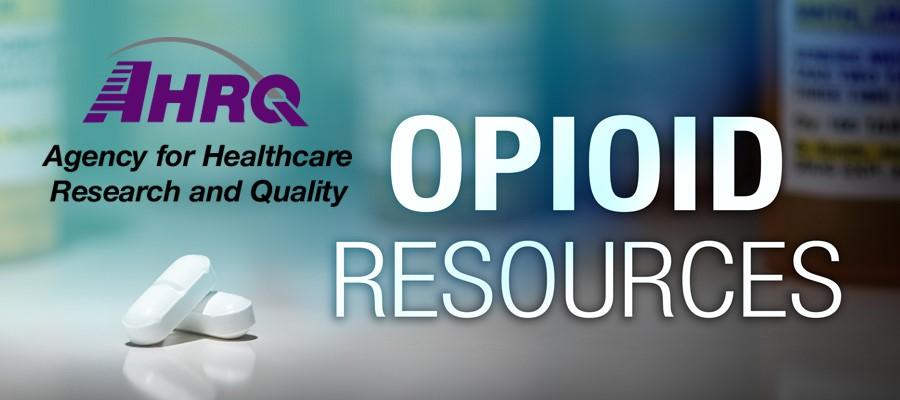AHRQ: Hospital acquired-conditions decline by nearly 1 million

Hospital-acquired conditions declined by 13 percent between 2014 and 2017, preventing an estimated 20,500 deaths and $7.7 billion in health care costs, according to preliminary data from the Agency for Healthcare Research and Quality. HACs decreased by an estimated 910,000 over the period, including a 37 percent decline in C. difficile infections and 28 percent decline in adverse drug events, showing that patient safety initiatives such as the Hospital Improvement Innovation Networks are working to make health care safer, the agency said. AHA’s Health Research & Educational Trust leads the nation’s largest HIIN.
Related News Articles
Headline
There have been 8,064 reported cases of whooping cough in the U.S. so far this year, according to the latest data from the Centers for Disease Control and…
Headline
A study published April 17 by BMC Infectious Diseases found increased incidents of Acinetobacter baumannii and carbapenem-resistant A. baumannii infections…
Headline
The incidence of invasive group A strep infections increased from 3.6 to 8.2 cases per 100,000 people from 2013 to 2022, according to a study authored by the…
Headline
The AHA Living Learning Network is launching the Quality Exchange, a virtual collaborative for health care quality and patient safety professionals at…
Headline
As part of the AHA's Patient Safety Initiative, a dedicated webpage features case studies showing how hospitals and health systems across the nation are…
Headline
The Kansas Department of Health and Environment this week reported an outbreak of 23 measles cases in southwest Kansas, nearly all of which occurred in…

